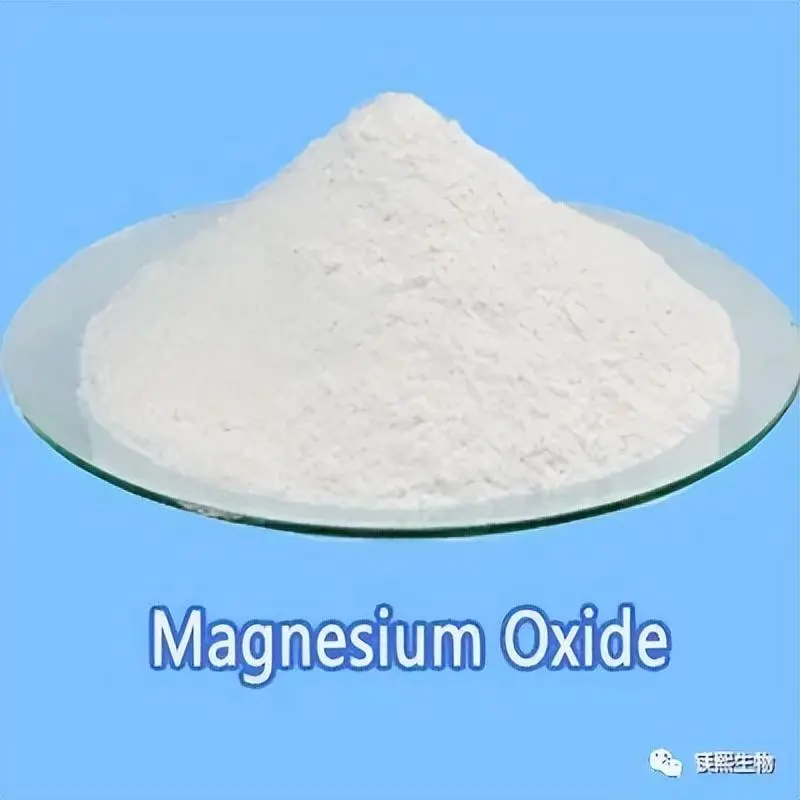Hebei Messi Biology Co., Ltd. stated that magnesium acetate solution is a terminator for two important reactions in cellulose acetate production, namely substitution reaction and hydrolysis reaction. In cellulose acetate production, magnesium oxide and acetic acid solution reaction process are usually used to prepare magnesium acetate solution of specified concentration.
MgO+2CH3COOH→Mg(CH3COO)2+ H2O
In production, a specified amount of magnesium oxide powder is directly added to an acetic acid solution of specified concentration and volume. After heating, stirring, reaction and correction, the magnesium acetate solution of specified concentration is filtered, and the clear and stable magnesium acetate solution is sent to magnesium acetate production for use.

Cellulose acetate uses high-purity wood pulp or cotton pulp as raw material, acetic anhydride as reactant, and sulfuric acid as catalyst. At a certain temperature, the hydroxyl groups at positions 2, 3, and 6 on cellulose are replaced by acetyl groups in acetic anhydride, and the reactants are transformed from solid and liquid phases into acetate slurry. A portion of the terminator magnesium acetate solution is added to the acetate slurry, and the residual reactant acetic anhydride in the acetate slurry reacts completely with the water in the magnesium acetate solution to convert into acetic acid, and the catalyst sulfuric acid reacts with the magnesium acetate to generate acetic acid and magnesium sulfate, thereby terminating the substitution reaction, and the acetate slurry is transferred to the hydrolysis reaction, and after hydrolysis according to the prescribed process, diacetyl cellulose or triacetyl cellulose that meets the substitution degree requirements is generated. After the hydrolysis reaction of the acetate slurry, a sufficient amount of magnesium acetate solution is usually added to react with sulfuric acid in the acetate slurry as a catalyst for the hydrolysis reaction to produce acetic acid and magnesium sulfate, and terminate the hydrolysis reaction.
